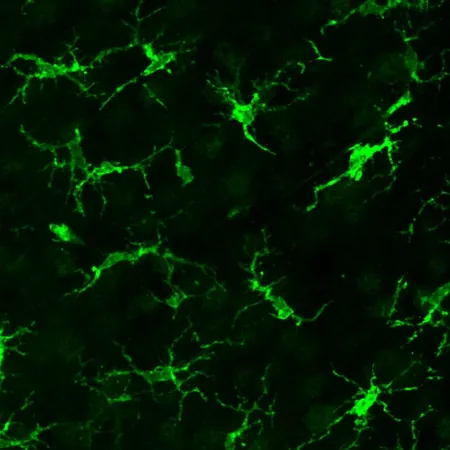
Unveiling the Hidden Threat: Trypanosoma dionisii Emerges in China
2025-07-07
Author: Arjun
A New Player in Parasitic Infections
In a startling development, researchers have identified *Trypanosoma dionisii* in China, specifically linked to a 30-year-old pregnant woman. Initially reported in bats, this parasite poses potential risks to both human health and various domestic and wild animals, amplifying the urgency for further investigation into its ecological and epidemiological impact.
Exploring the Terrain: Methods and Findings
Conducted in Dongying, Shandong Province, the study encompassed a comprehensive ecological survey designed to understand local infection patterns and potential transmission vectors. Combining parasitological and serological testing across six villages, researchers collected demographics and analyzed a staggering 241 blood samples, primarily from humans, with no positive cases found. However, the results revealed a different story among bats—with 61.1% testing positive for *Trypanosoma spp.*, including 9 out of 18 bats specifically infected with *T. dionisii*.
From Bats to Cats: A Key Discovery
Intriguingly, the survey extended beyond wildlife to domestic animals. While livestock and poultry presented negative results, cats showed alarming numbers: 80% of tested pets carried *T. dionisii* or its close relative *T. vespertilionis*. This indicates the possibility of interspecies transmission, sparking concerns that the parasite could spill over into human populations.
The Eco-Public Health Linkage
Although no severe human cases were reported, the entrenched presence of *T. dionisii* in local bat populations and high infection rates in companion animals amplify the emerging threats it presents. As bats reside close to human habitats, including under eaves of homes, the possibility of zoonotic transmission cannot be overlooked.
Looking Ahead: Urgent Calls for Surveillance
This groundbreaking study reinforces the need for sustained surveillance of *T. dionisii*, not only to understand its transmission dynamics in mammals but also to develop targeted prevention strategies. As more information surfaces about this parasite across various species, public health strategies can evolve to mitigate risks associated with its spread.
Conclusion: Emerging Risks in a Globalized World
As *T. dionisii* continues to unveil its complex epidemiology within China, further research is crucial. With its confirmed presence in both bats and companion animals, we face heightened awareness of potential infections that traverse species lines, highlighting the intricate connections between ecological health and human disease risk.


 Brasil (PT)
Brasil (PT)
 Canada (EN)
Canada (EN)
 Chile (ES)
Chile (ES)
 Česko (CS)
Česko (CS)
 대한민국 (KO)
대한민국 (KO)
 España (ES)
España (ES)
 France (FR)
France (FR)
 Hong Kong (EN)
Hong Kong (EN)
 Italia (IT)
Italia (IT)
 日本 (JA)
日本 (JA)
 Magyarország (HU)
Magyarország (HU)
 Norge (NO)
Norge (NO)
 Polska (PL)
Polska (PL)
 Schweiz (DE)
Schweiz (DE)
 Singapore (EN)
Singapore (EN)
 Sverige (SV)
Sverige (SV)
 Suomi (FI)
Suomi (FI)
 Türkiye (TR)
Türkiye (TR)
 الإمارات العربية المتحدة (AR)
الإمارات العربية المتحدة (AR)